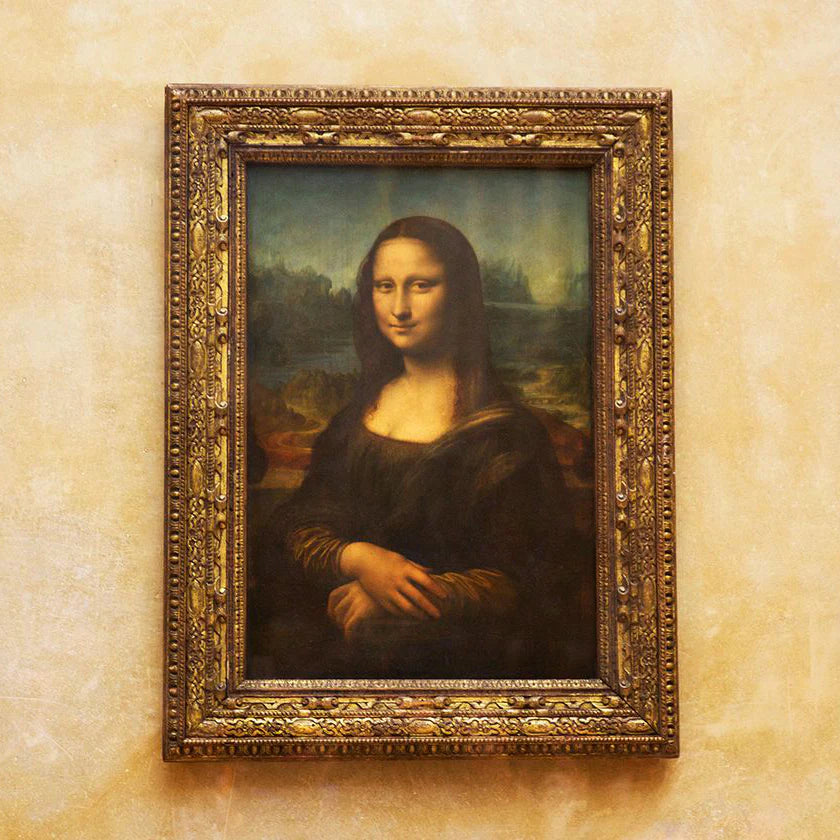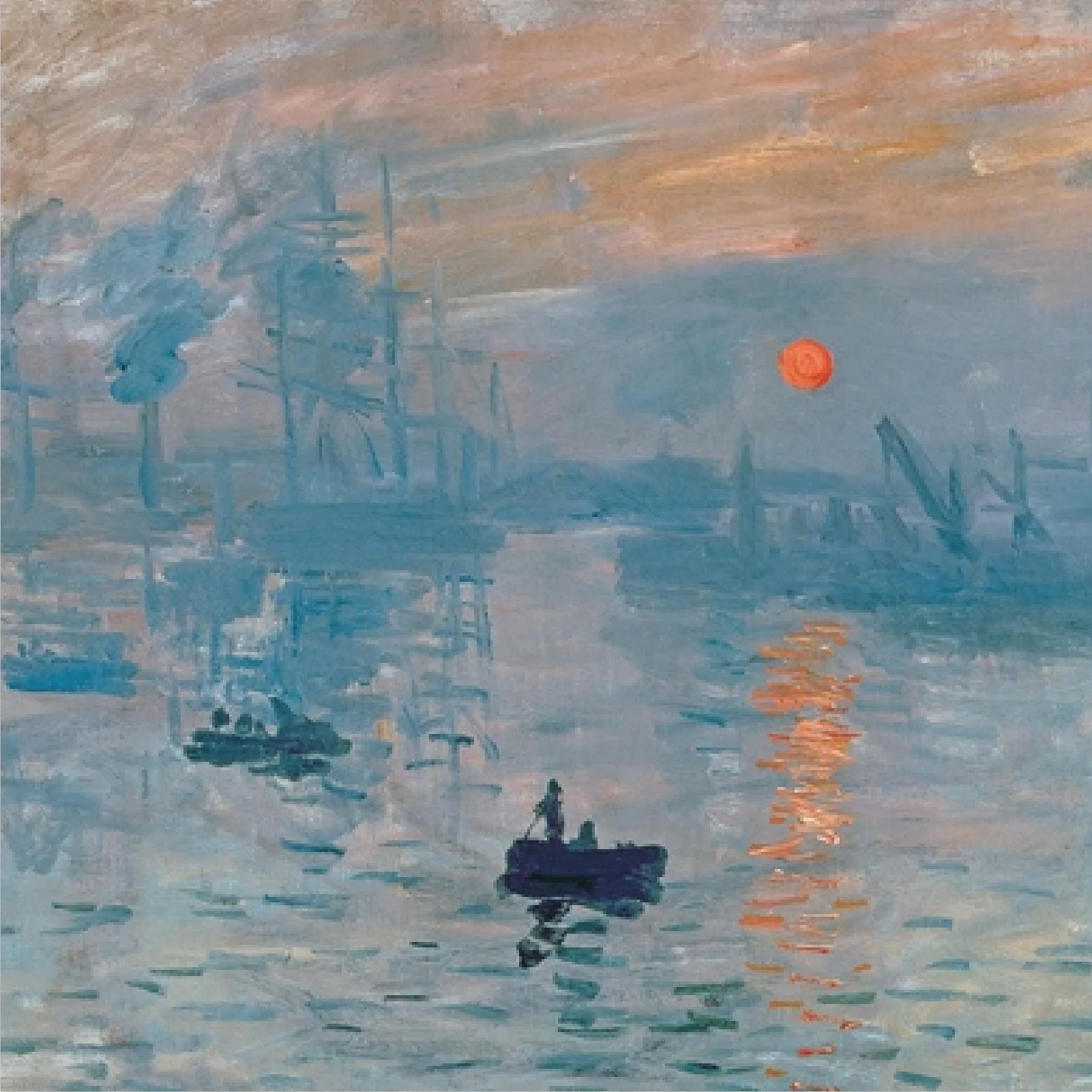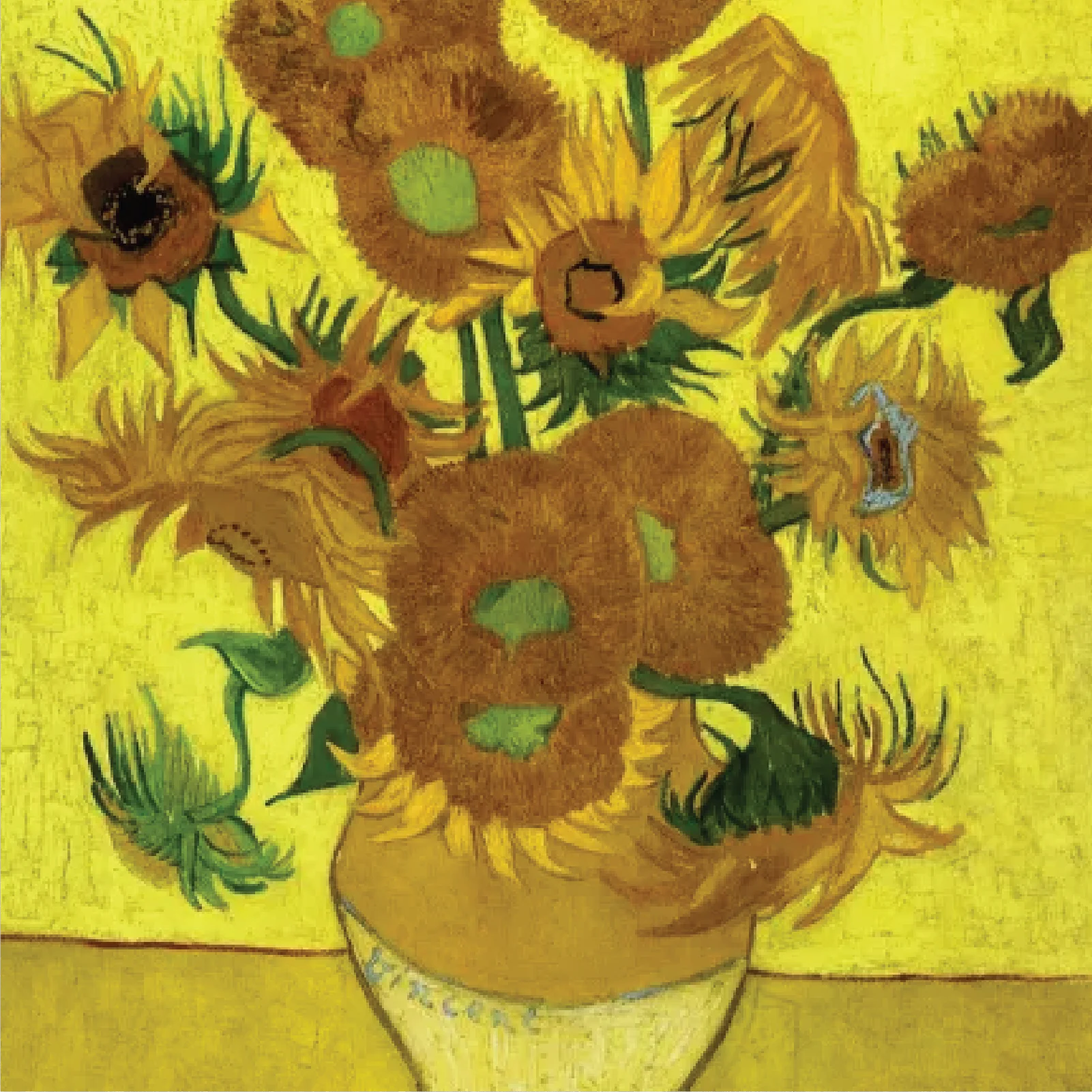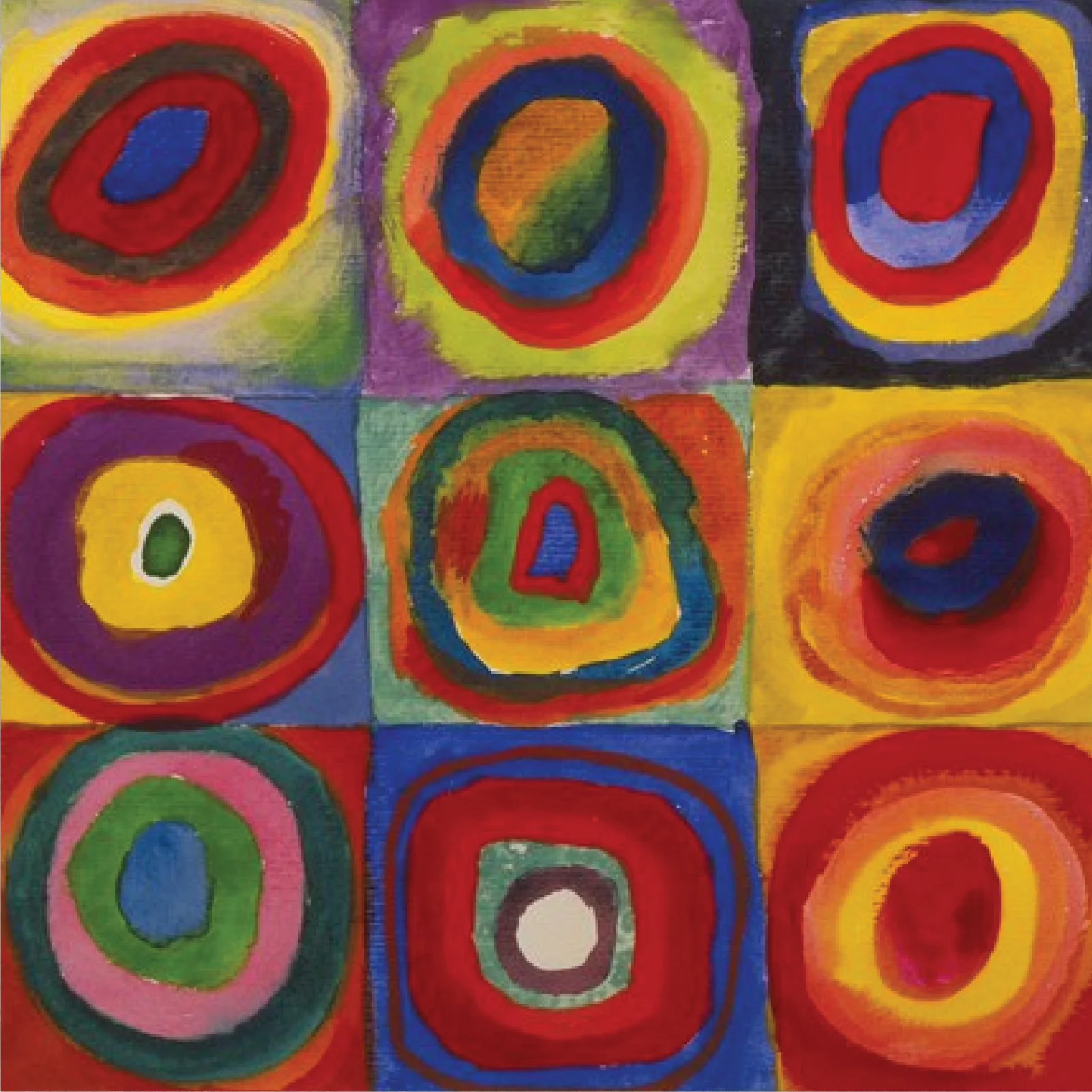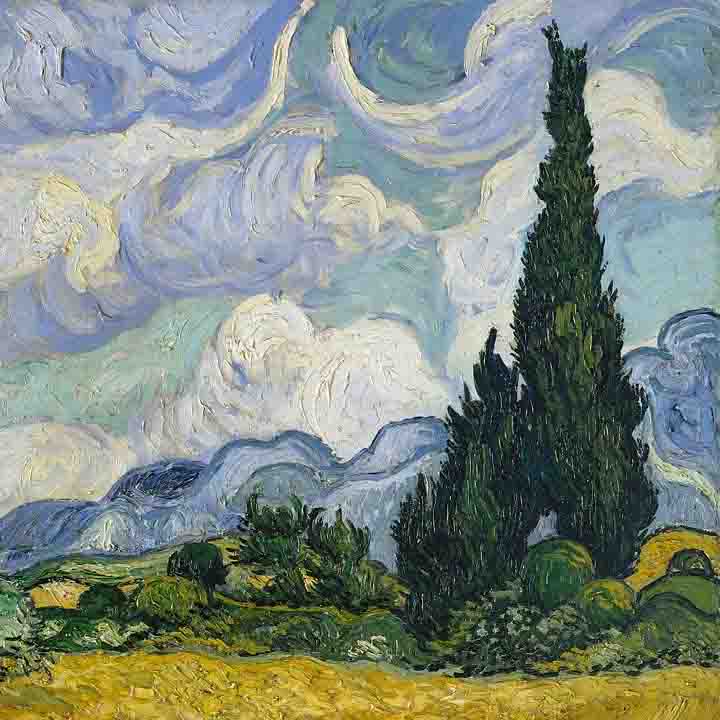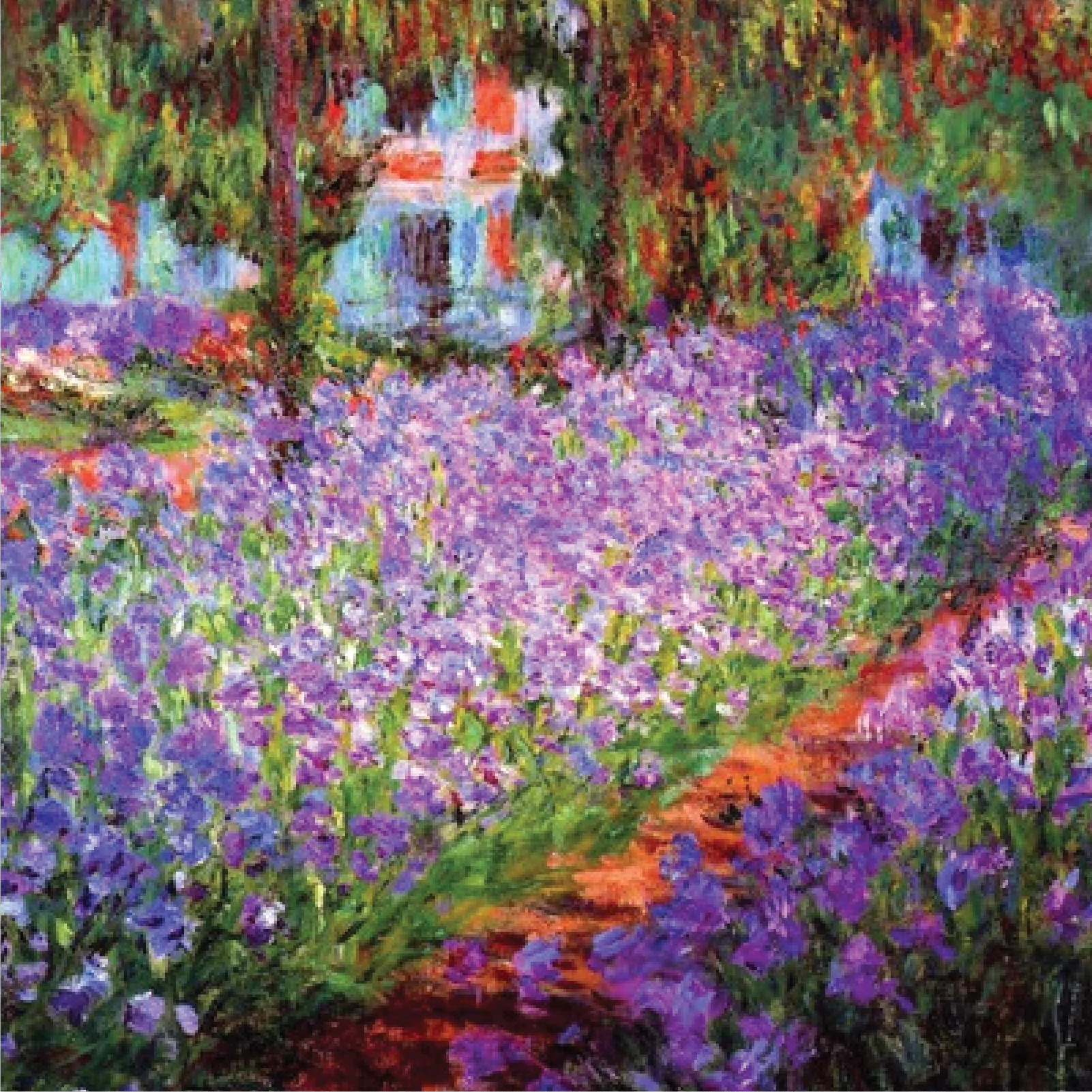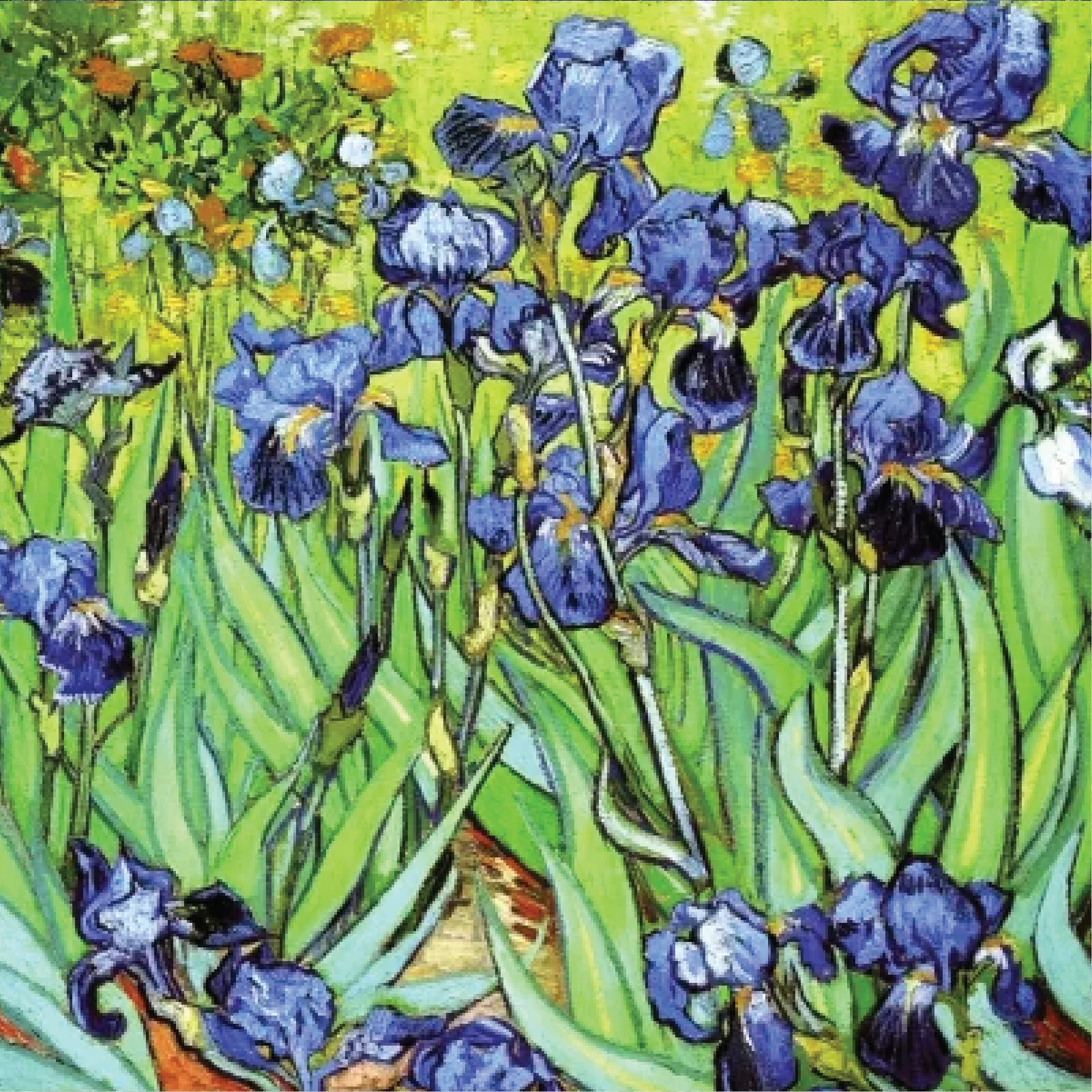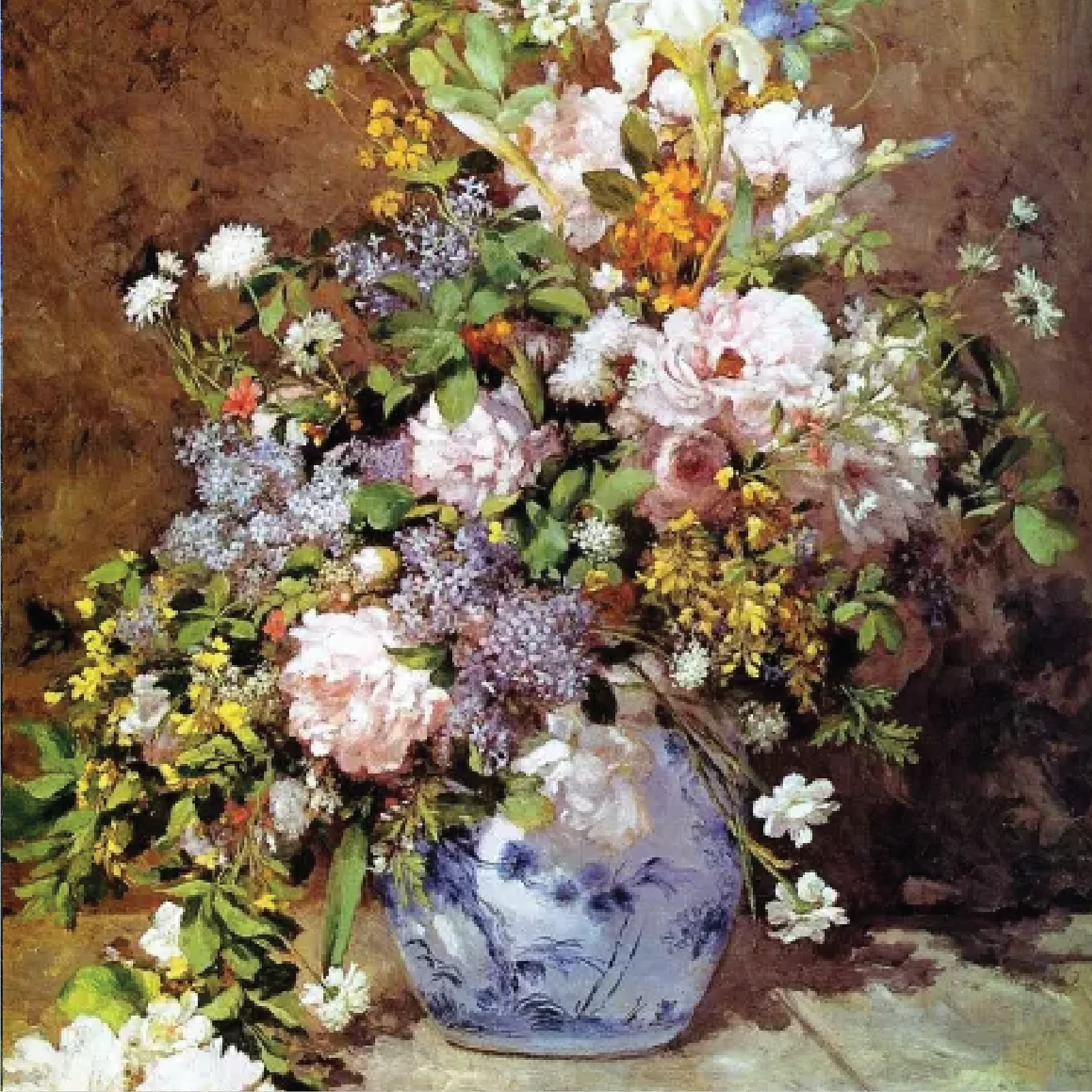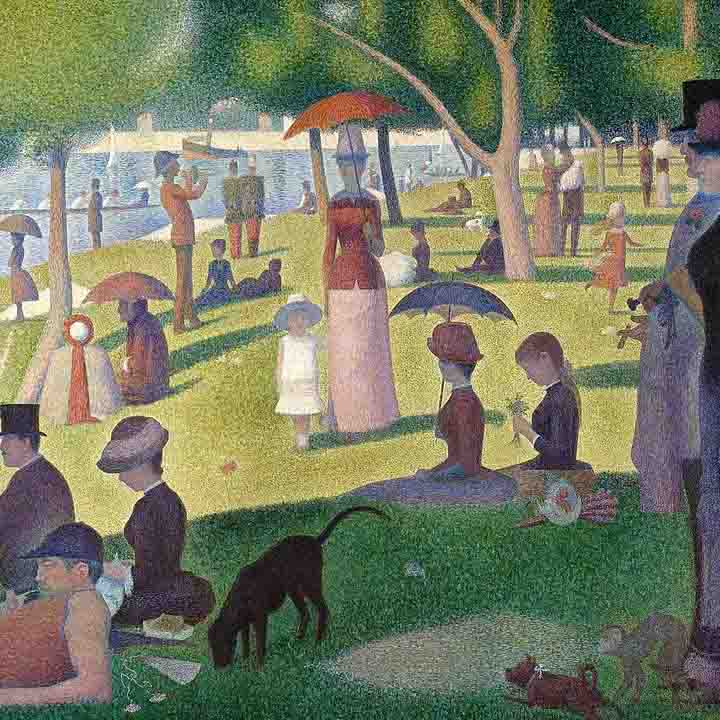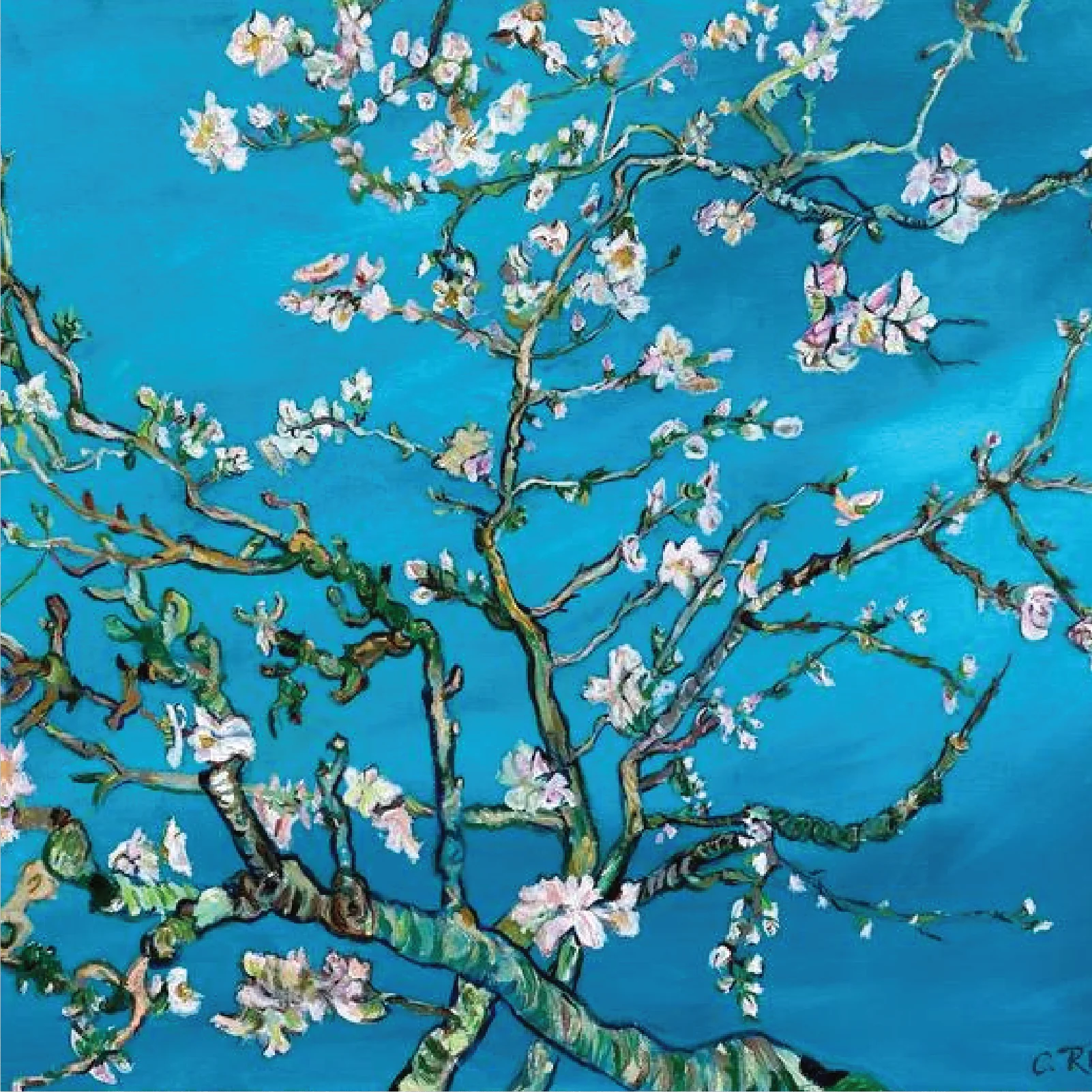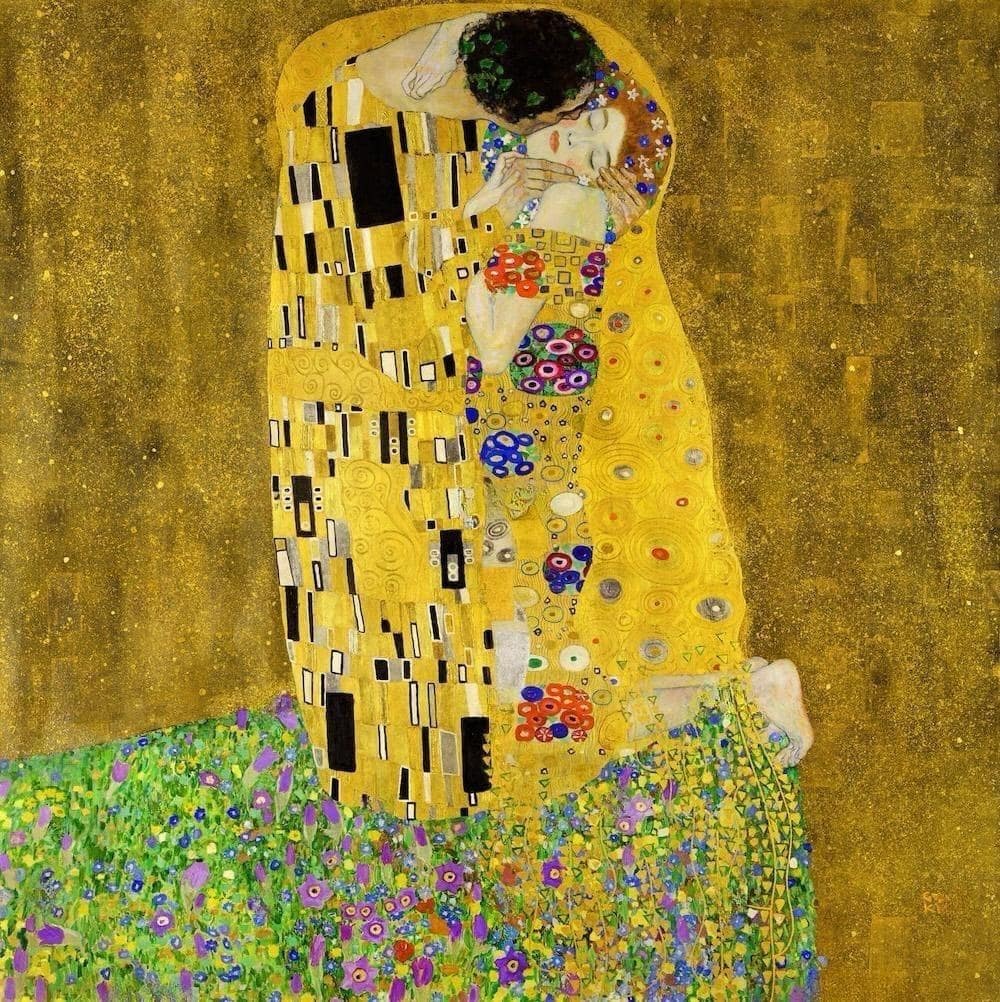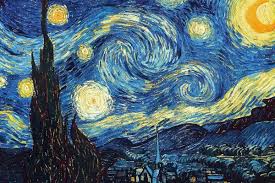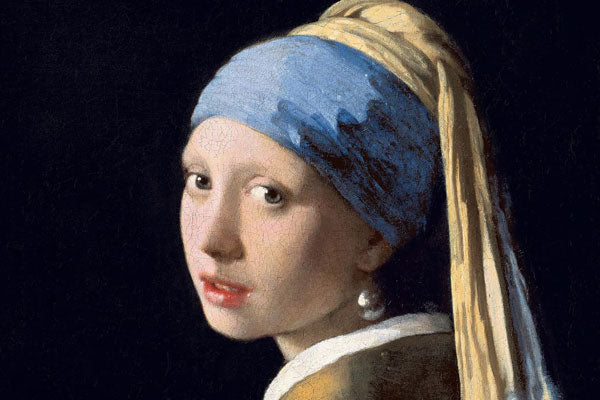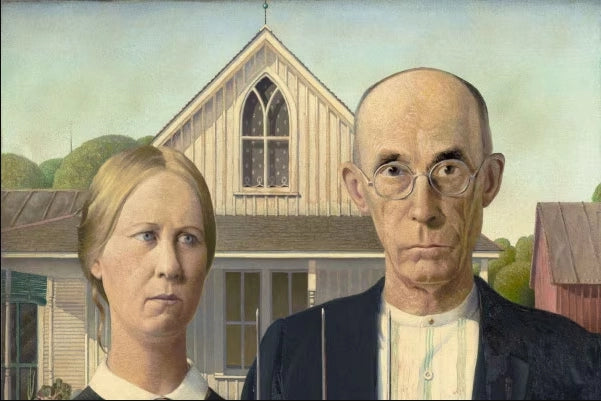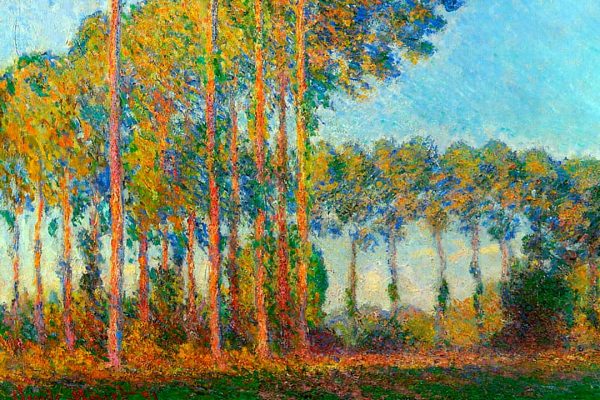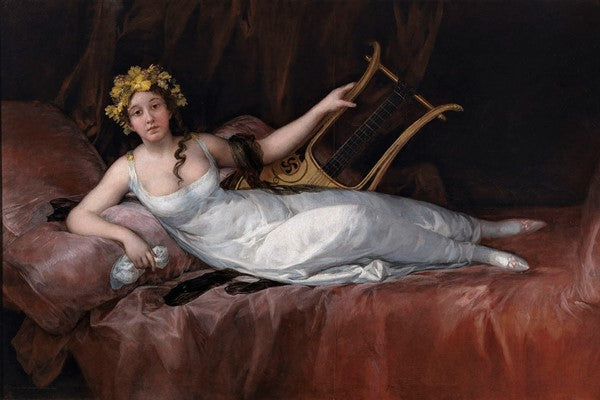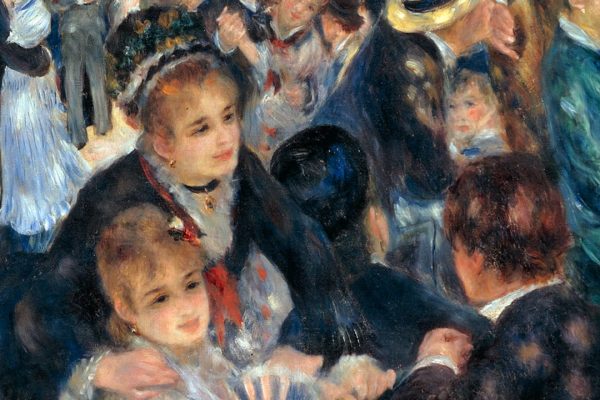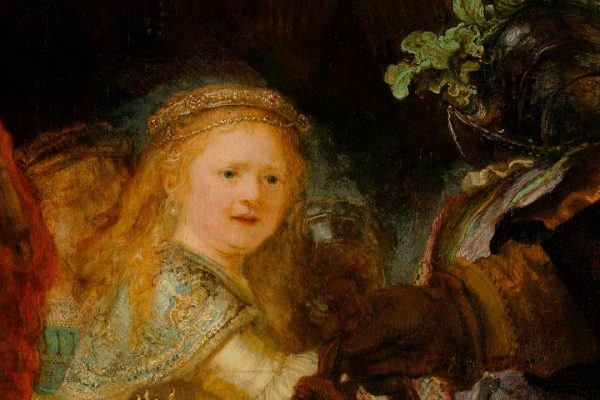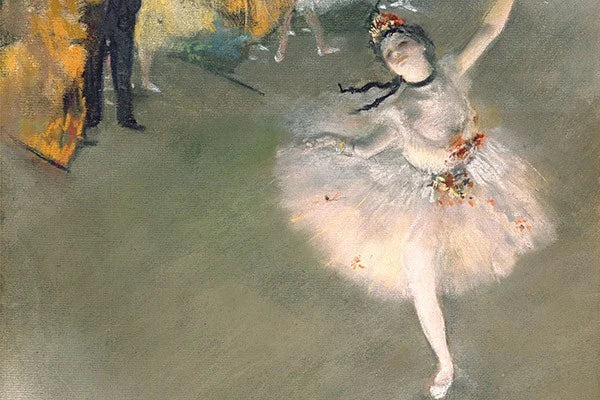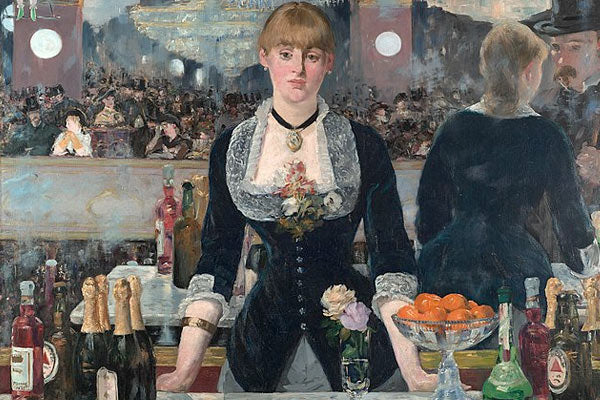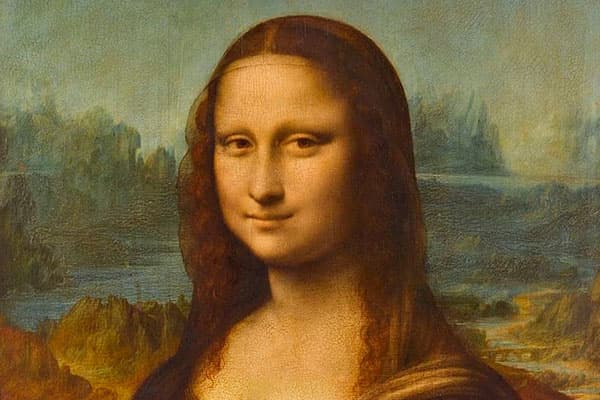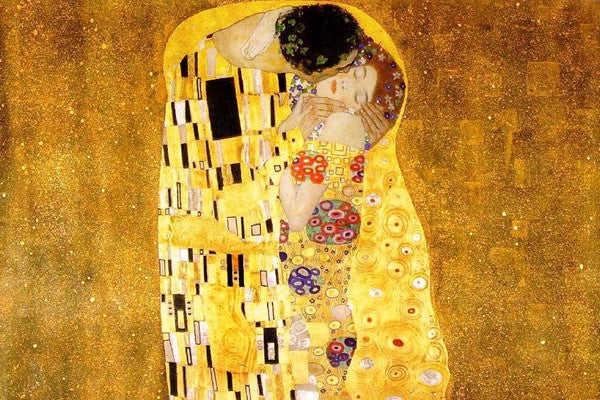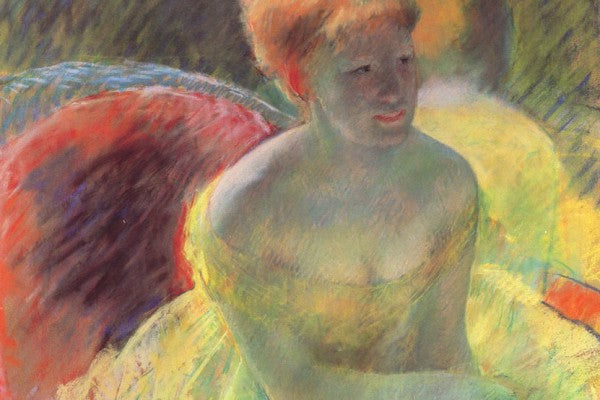Oil painting reproductions allow art lovers to admire and own a copy of a painting that closely resembles an original oil painting. Whether you are a collector looking for a high-quality reproduction, a home decorator seeking a fine art piece, or someone who simply loves famous paintings, oil painting reproductions are an accessible way to enjoy masterpieces.
While some reproductions are mass-produced prints, true hand-painted reproductions of famous paintings require skilled artists who meticulously replicate the brushstrokes, textures, and palette of the original artist.
We will explore the creative process behind these works of art, the difference between an original and a reproduction, and how ART&See provides the best oil-painted reproductions, crafted with precision and artistry. You can consider getting “Impression, sunrise by Claude Monet — Oil Painting Reproduction”
The Art of Reproducing an Oil Painting

1. The Difference Between an Original and a Reproduction
An original painting is a unique work of art created by an artist, while a painting reproduction is a carefully crafted copy of that original piece. A high-quality oil painting reproduction maintains the fidelity of the original artwork, capturing every detail to make it look as authentic as possible.
There are different methods used to create copies of paintings, including:
-
Hand-Painted Reproductions: Skilled artists reproduce the painting using traditional oil Painting techniques.
-
Print Reproductions: A digital image of the original painting is printed on canvas using a high-resolution printer.
-
Mixed Media Reproductions: Some reproductions combine printed details with hand-painted touches to enhance texture.
While print reproductions are more affordable, handmade reproductions of paintings offer superior commercial value and aesthetic appeal.
2. The Step-by-Step Process of Creating an Oil Painting Reproduction
Step 1: Selecting the Original Artwork
To create a high-quality reproduction oil painting, artists and collectors must first select an original oil painting to replicate. Some of the most commonly reproduced famous paintings include works by:
-
Leonardo da Vinci (e.g., Mona Lisa)
-
Picasso (e.g., Guernica)
-
Edgar Degas (e.g., The Ballet Class)
-
Old Masters like Rembrandt and Vermeer
Customers could order copies of famous paintings from online platforms or visit an art gallery that offers reproduction services.
Step 2: Creating a High-Resolution Reference Image
A high-resolution photograph of the original work is taken, ensuring that the artist’s brushstrokes, color palette, and texture are accurately documented. This digital image serves as a transcript of the original piece, allowing the artist to paint in the style of the original artist.
Step 3: Preparing the Canvas
A canvas of the appropriate size is stretched and primed to match the original painting. The painter selects the right type of oil paints and begins sketching the basic outlines of the artwork.
Step 4: Layering the Paint
To accurately reproduce the original oil painting, the painter applies multiple layers of paint. This process can take weeks or even months, depending on the level of detail and complexity of the famous painting being recreated.
Step 5: Replicating the Brushstrokes and Textures
One of the most challenging aspects of art reproduction is mimicking the brushstrokes of the original artist. Each stroke must be carefully applied to ensure that the reproduction looks as close as possible to the original piece.
Step 6: Drying and Finishing Touches
Once the oil painting reproduction is complete, it undergoes a drying period, which can take several weeks. A protective varnish is applied to preserve the colors and enhance the fidelity of the artwork.
Step 7: Framing the Artwork
The final step in the reproduction process is framing. Customers can choose from various frames that match the original painting’s style, ensuring the replica is ready for display in a museum, art gallery, or home.
Why Choose Hand-Painted Reproductions Over Prints?

1. Authenticity and Texture
Unlike photographic prints, a handmade oil painting reproduction retains the texture and depth of an original oil painting. The layered paint and visible brushstrokes bring the reproduction to life.
2. Increase in Value
While prints are mass-produced and have little commercial value, a hand-painted copy of a painting can increase in value over time, especially if created by a skilled artist with years of experience.
3. A True Work of Art
Unlike a printed copy of a painting, a reproduction oil painting is a work of art in its own right. It requires the expertise of an artist who has learned to paint in the style of the original artist.
Are Reproduction Oil Paintings Legal?
Many people wonder about the copyright issues surrounding reproductions of paintings. It is important to note that:
-
Original artworks by old masters (such as Leonardo da Vinci and Edgar Degas) are in the public domain, meaning anyone can reproduce them.
-
Modern paintings by famous artists like Picasso may still be under copyright, making it illegal to sell copies of famous paintings without permission.
-
Some art reproduction services require the buyer to rent the painting instead of owning it outright.
Always ensure that you are purchasing a reproduction from a reputable source that respects copyright laws.
Where to Buy High-Quality Reproductions of Famous Paintings?
If you are looking for high-quality reproductions of famous paintings, many companies offer art reproduction services. One of the best platforms is ART&See, a trusted provider specializing in oil painting reproduction.
Why Choose ART&See?
-
We specialize in hand-painted copies of paintings crafted by skilled artists.
-
Our oil painting reproductions capture every detail, ensuring high fidelity to the original work.
-
We offer custom framing options, making each work of art ready to display.
-
Our artists have years of experience in replicating famous paintings with precision.
Whether you want to reproduce your favorite painting, acquire a masterpiece for your collection, or decorate your space with fine art, ART&See delivers exceptional quality and craftsmanship.
The Skill and Training Behind Oil Painting Reproductions
The Journey of a Reproduction Artist
Creating a high-quality oil painting reproduction is an art form that requires years of experience, patience, and talent. Unlike simply printing a digital image of a painting, artists must study the techniques of famous artists to truly replicate their styles. Many reproduction artists start as apprentices, learning to paint in the style of the original artist before developing their own expertise.
Learning to Reproduce Paintings
A skilled painter specializing in painting reproduction must undergo extensive training in:
-
Color Mixing: Matching the palette of an original oil painting requires an understanding of how colors interact.
-
Brush Techniques: Each artist has a unique way of applying brushstrokes, and a copy of a painting must mirror these techniques precisely.
-
Layering and Texture: Many famous paintings have complex layers of paint that create depth and movement, requiring careful replication.
-
Aging Effects: Some customers want their reproduction oil painting to look antique, meaning artists must simulate age cracks, faded colors, and patina.
These skills take years to master, which is why high-quality art reproduction services employ only the most skilled painters.
The Role of Technology in Reproductions
While traditional hand-painted reproductions rely on brushstrokes and palette selection, modern tools also help improve accuracy. High-resolution photographs of the original work allow artists to analyze every detail, ensuring that the reproduction maintains the fidelity of the original painting. Some studios use projectors to sketch outlines onto canvas, speeding up the initial stages of painting without compromising quality.
However, no matter how advanced technology becomes, the heart of a reproduction oil painting remains the artist’s talent and craftsmanship.
Famous Artists Whose Works Are Often Reproduced
Some famous artists have their works frequently reproduced due to their popularity and influence on fine art. Some of the most common choices for reproduction oil painting include:
-
Leonardo da Vinci – His works, such as the Mona Lisa, are among the most reproduced in history.
-
Picasso – His abstract and Cubist masterpieces continue to be admired and copied.
-
Edgar Degas – Known for his elegant ballerina paintings, which remain popular choices for art reproduction.
-
Van Gogh – His dramatic brushstrokes and vibrant colors make his paintings fascinating to reproduce.
Collectors who want to acquire a copy of a painting by these famous artists often turn to reproduction services that specialize in handmade artworks.
The Collector’s Perspective: Why Buy an Oil Painting Reproduction?
Many people dream of owning a masterpiece but cannot afford the original artwork. This is where painting reproductions come in. Some key reasons collectors invest in reproductions of famous paintings include:
-
Decorative Value: A beautifully framed reproduction adds elegance to any home, office, or gallery.
-
Affordability: While an original piece may sell for millions, a hand-painted reproduction offers a budget-friendly alternative.
-
Customization: Customers can request size adjustments or modifications to suit their personal preferences.
-
Art Appreciation: Even without owning the original oil, collectors can still admire the beauty of the work of art.
For those who want to reproduce their favorite painting, working with a trusted platform like ART&See ensures the best quality and craftsmanship.
The Future of Oil Painting Reproductions and Art Ownership
The Growing Demand for Art Reproductions
With art becoming more accessible online, the demand for reproductions of paintings has increased. People from around the world can now order copies of famous paintings through digital platforms, making art reproduction a thriving industry. Many companies that offer reproduction oil paintings ship globally, allowing customers to own fine art no matter where they are.
Digital vs. Handmade Reproductions: Which One is Better?
When purchasing a copy of a painting, buyers must choose between a handmade oil painting reproduction and a printed version. Each option has its advantages:
|
Feature |
Handmade Oil Reproduction |
Printed Reproduction |
|
Texture |
Visible brushstrokes add depth and authenticity |
Flat surface with no texture |
|
Authenticity |
Painted by a skilled painter using traditional techniques |
Created from a high-resolution digital image |
|
Value |
Can increase in value over time |
Limited commercial value |
|
Customization |
Can be adjusted in size, color, and texture |
Fixed design with no modifications |
|
Durability |
Can last for centuries with proper care |
May fade over time |
For collectors and art enthusiasts, hand-painted reproductions remain the preferred choice due to their fidelity to the original work.
How Reproduction Services Preserve Art for Future Generations
Museums and art galleries also rely on painting reproductions for educational and preservation purposes. Some benefits of using reproduction services in museums include:
-
Protecting Originals: Instead of displaying priceless original paintings, museums often showcase replicas to prevent damage.
-
Interactive Learning: High-quality reproductions of paintings allow visitors to closely examine every detail of a masterpiece.
-
Traveling Exhibits: Art lovers worldwide can experience famous paintings without the risk of transporting fragile original pieces.
Through high-resolution scanning and expert reproduction, these efforts ensure that fine art remains accessible to future generations.
Legal and Ethical Considerations in Art Reproduction
It is important to note that not all reproductions of famous paintings are legally permitted. Some key legal aspects include:
-
Copyright Laws: Many modern artists like Picasso still have their works protected, meaning unauthorized copies of paintings could lead to legal issues.
-
Fair Use & Public Domain: Works by old masters such as Leonardo da Vinci are in the public domain, meaning anyone can reproduce them.
-
Artist Recognition: Some platforms ensure that their reproduction oil paintings credit the original artist.
Before purchasing an art reproduction, buyers should check if the artwork is legally available for reproduction.
How AI and Digital Art Are Changing Reproduction Services
Advancements in AI and digital technology are revolutionizing the art reproduction industry. Some companies now use AI to analyze original paintings and generate highly detailed copies of famous paintings with near-perfect accuracy. However, AI-generated reproductions of paintings lack the personal touch of a skilled painter, making hand-painted versions the superior choice.
Conclusion: The Beauty of Oil Painting Reproductions
The process of creating an oil painting reproduction by ART&See is an intricate and artistic endeavor that requires talent, patience, and dedication. From selecting the original piece to mastering the artist’s brushstrokes, every step is essential to producing a stunning replica.
If you are an art lover or a collector looking to acquire a reproduction oil painting, always choose hand-painted over print reproductions for the best quality and authenticity. Whether displayed in a museum, art gallery, or your home, a well-crafted painting reproduction brings timeless beauty and artistic heritage into your space.
